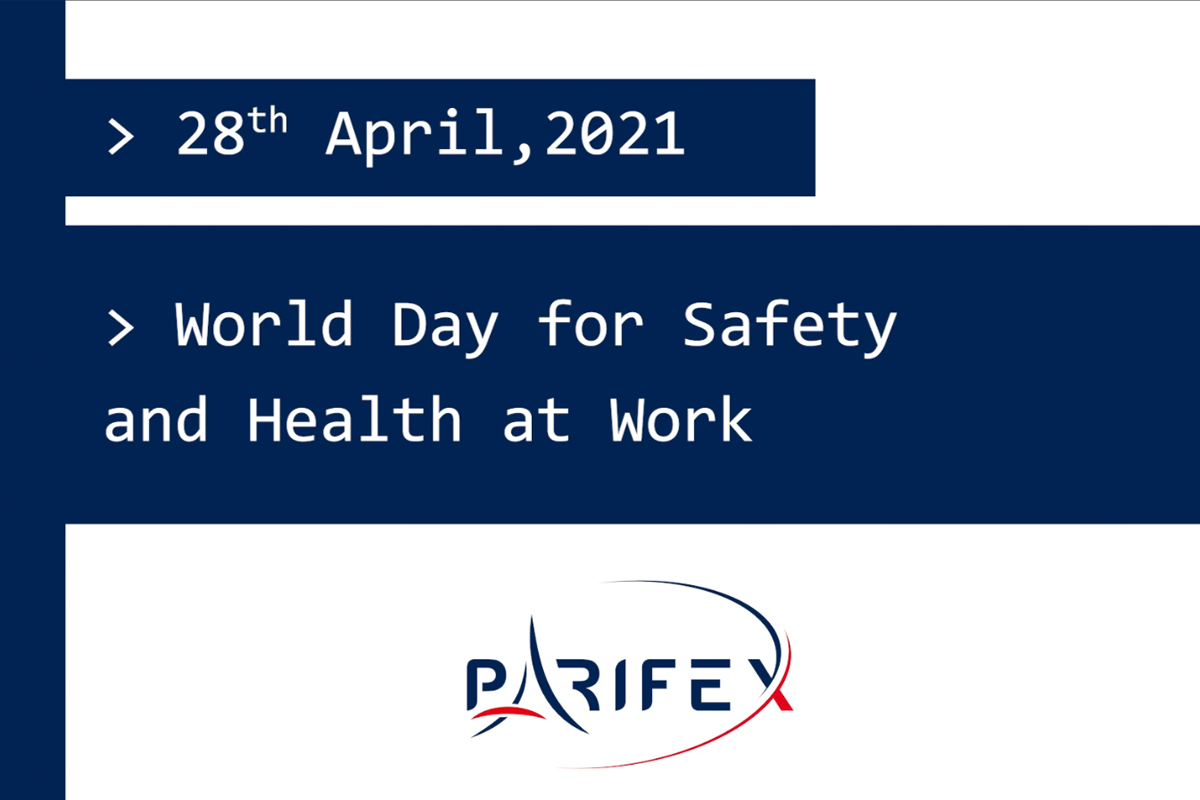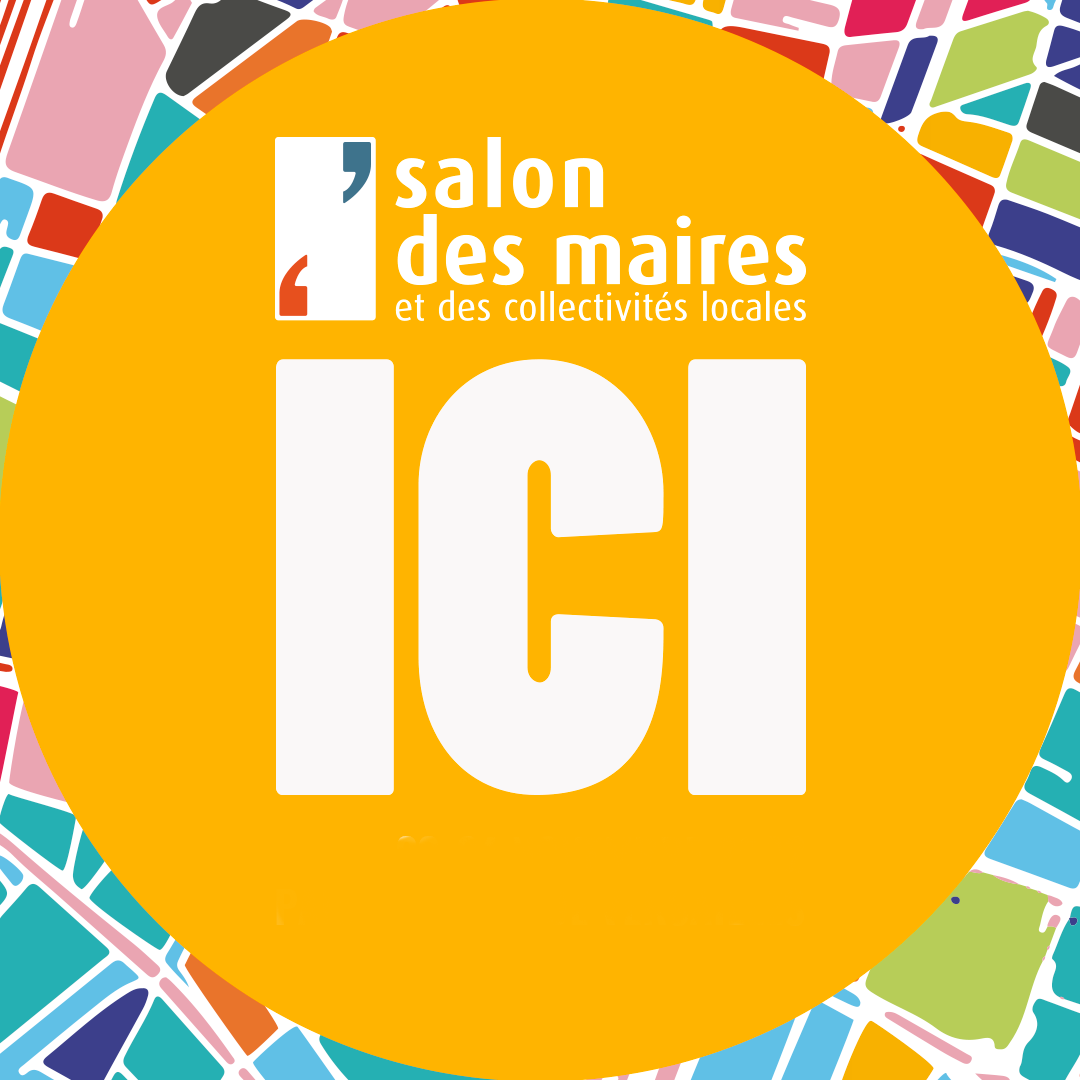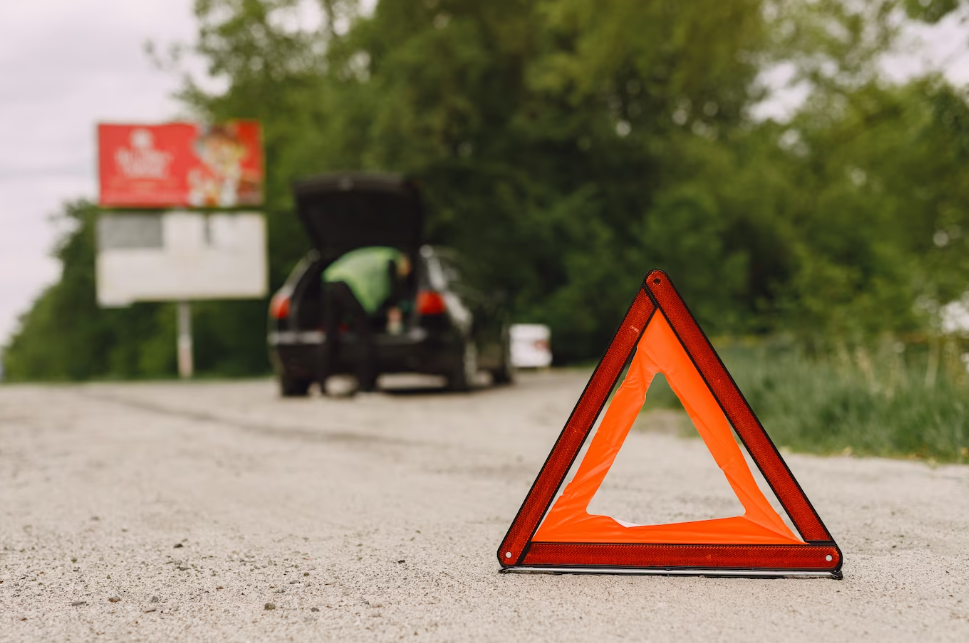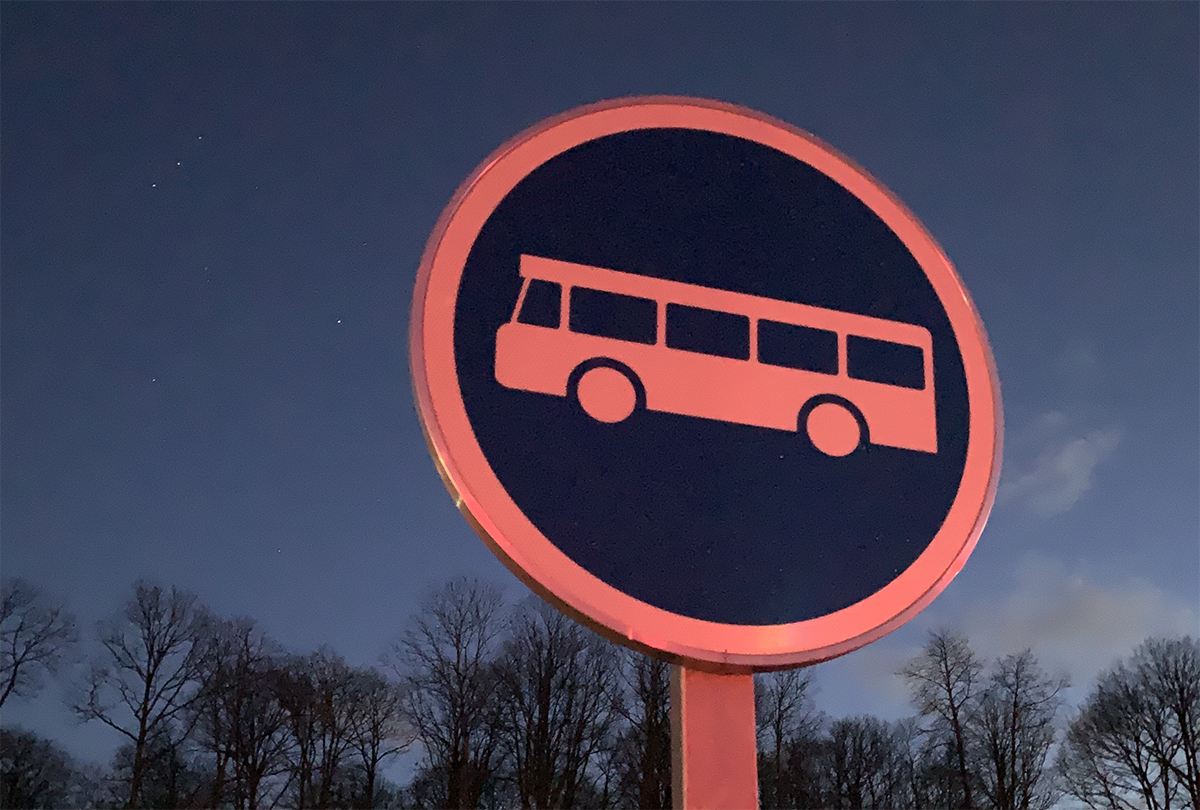
Renewal of our ISO 9001 & 14001 Certifications for the quality and environment management system
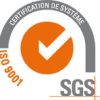
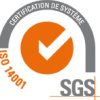
We are pleased to announce the renewal of our ISO 9001 & 14001 for three years.
We focus to provide our customers high quality products and services which satisfy all requirements from applicable regulations and standards, product type approvals and our customers, while committing to the environment and sustainable development.
It is your guarantee that every product and service provided by our company is world-class in quality and reliability!
ISO 9001: our commitment to a Quality Management System
- Improve the quality of our activities and the satisfaction of our customers and partners by implementing a customer satisfaction process
- Have our products approved
- Strengthen our Human Ressources policy
- Build a Business Recovery Plan
ISO 14001: our commitment to an Environmental Management System
- Improve our environmental and system performances, protectign the environment and preventing from pollution during emercies, and complying with requirements
- Stregthen the MTBF
- Otpimize the electricy consumption of our equipment
- Establish the company carbon footprint
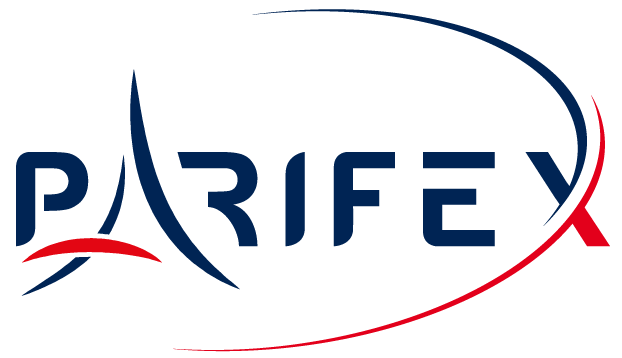

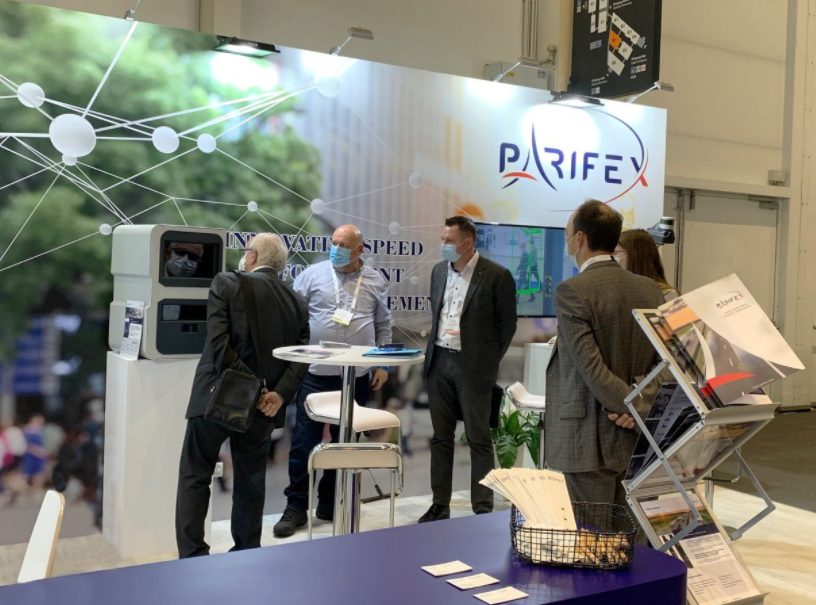

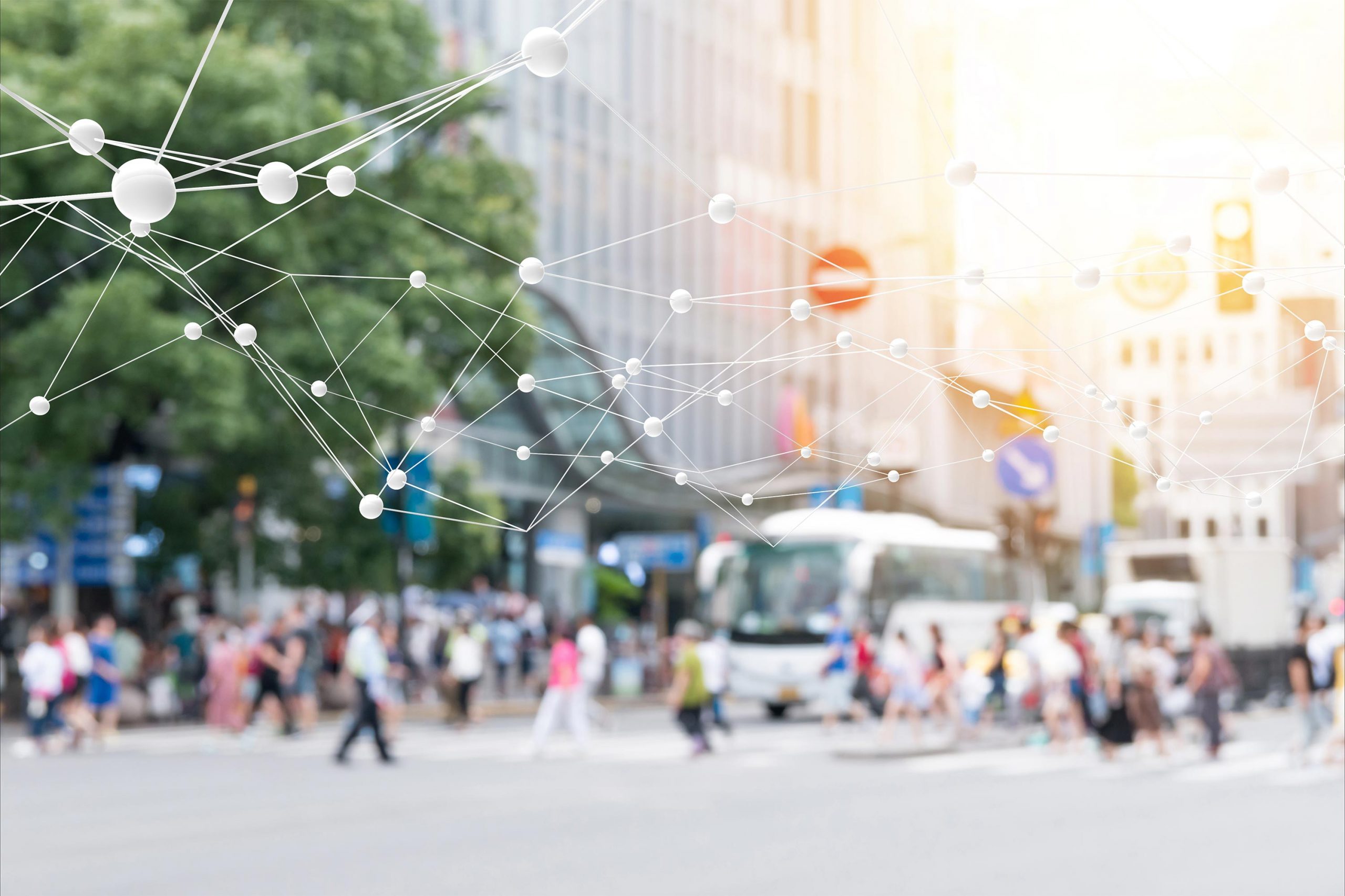

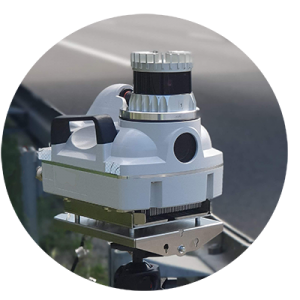 which provides a really innovative system that can : work with all wheather conditions, analysis data in real time thanks to quick processing, see colors etc. Our sensor is very precise, we got French certification, and adaptable since you can adjust the speed limit according to the category of vehicle detected and the lane of the vehicle, and to other parameters such as weather or congestion. Our solutions are adapted for urban areas and for highways. It’s the Swiss army knife making the operators’ use easier through the compact and light system and its user-friendly interface.
which provides a really innovative system that can : work with all wheather conditions, analysis data in real time thanks to quick processing, see colors etc. Our sensor is very precise, we got French certification, and adaptable since you can adjust the speed limit according to the category of vehicle detected and the lane of the vehicle, and to other parameters such as weather or congestion. Our solutions are adapted for urban areas and for highways. It’s the Swiss army knife making the operators’ use easier through the compact and light system and its user-friendly interface.




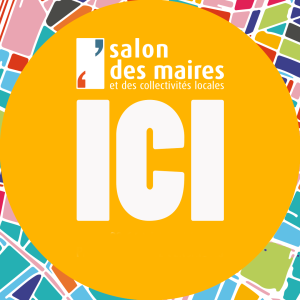
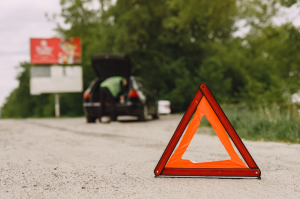

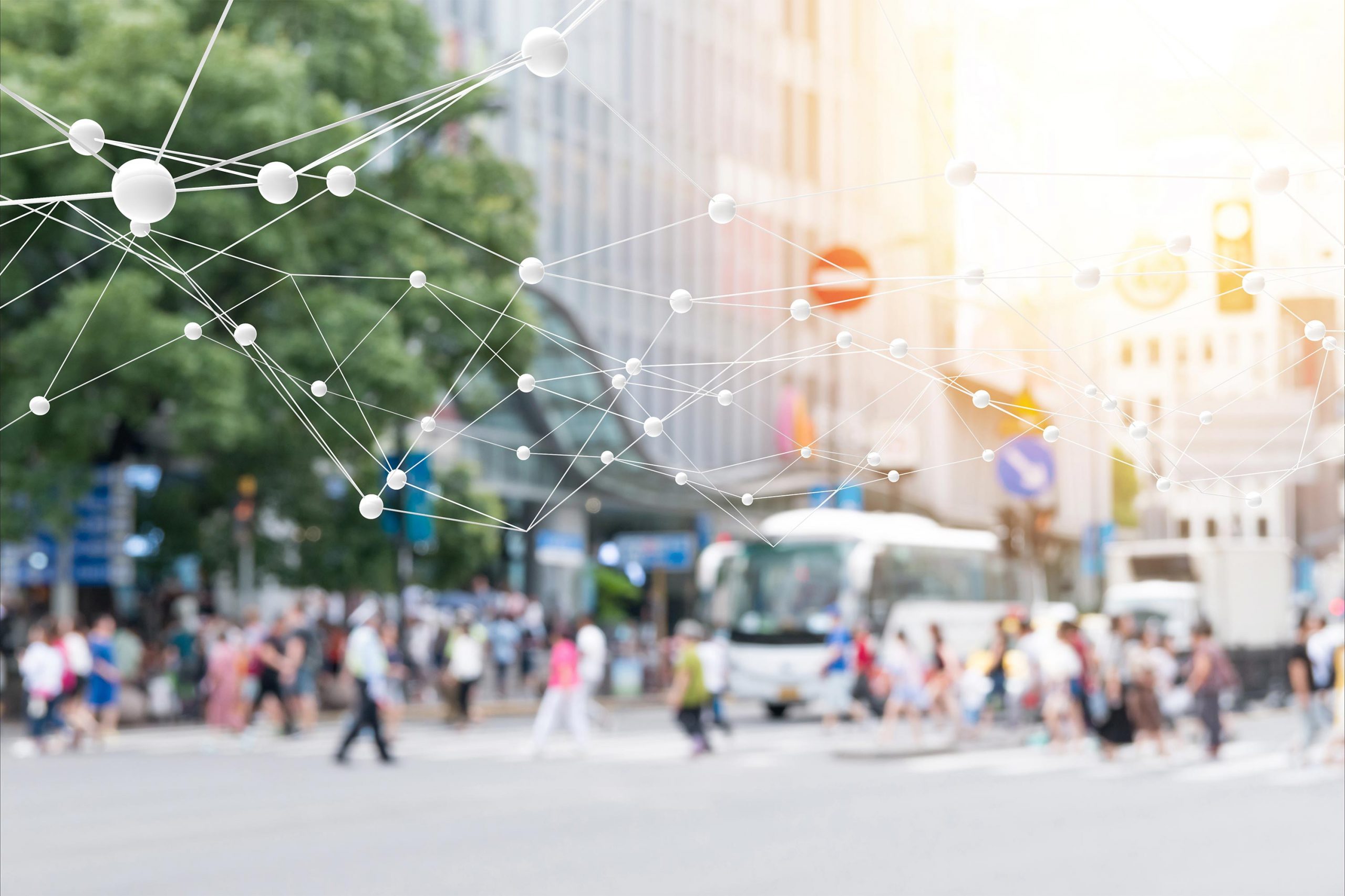

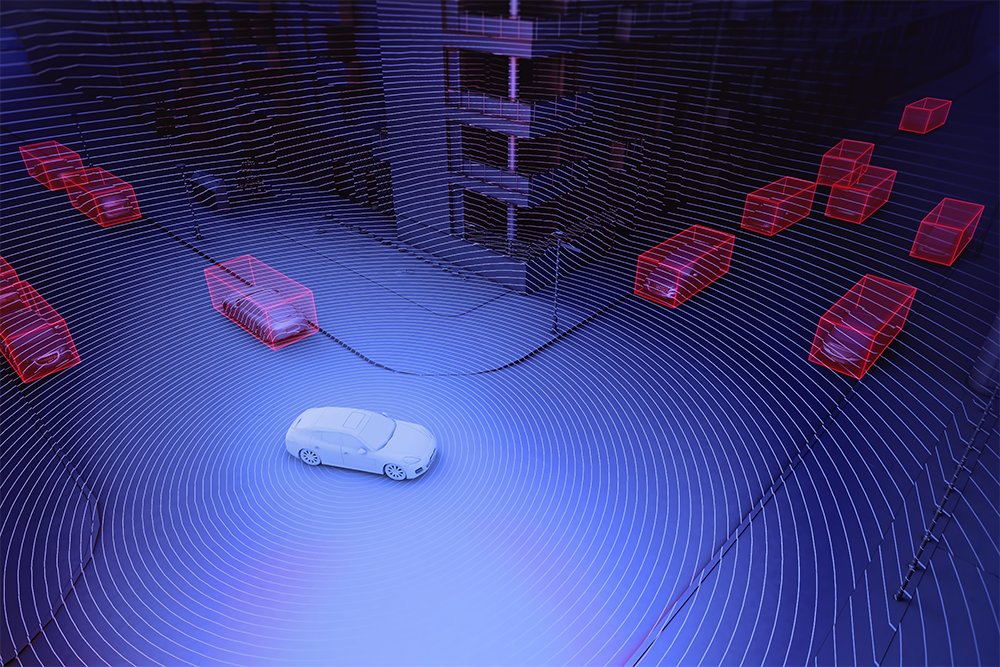

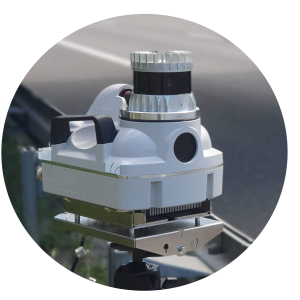 management, PARIFEX decided to distort it and add it in its fixed road sensors including
management, PARIFEX decided to distort it and add it in its fixed road sensors including 